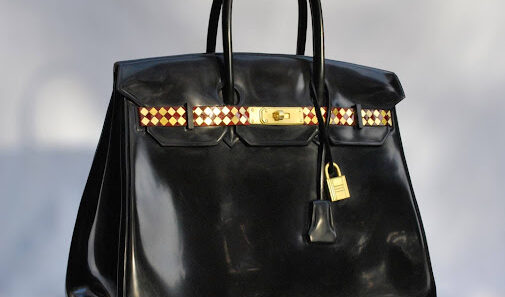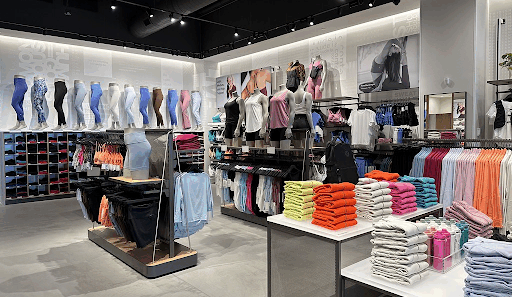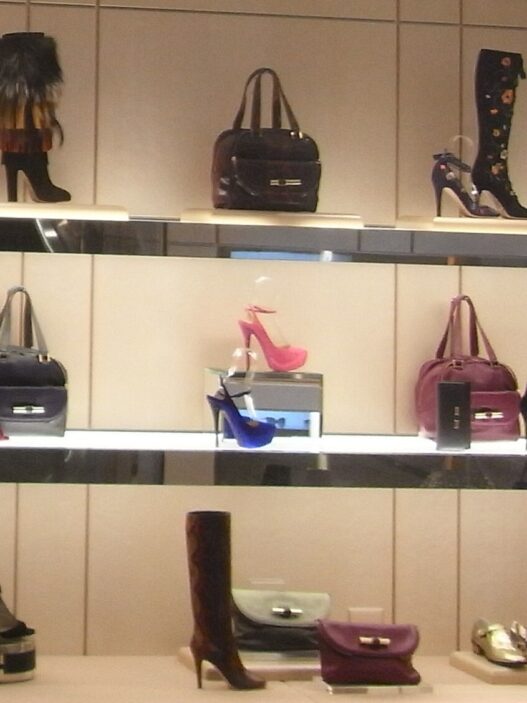As of April 22, 2025, the global fashion industry continues to grapple with the repercussions of the escalating U.S.–China trade war, marked by significant legal, financial, and supply chain challenges.
The Trump administration has maintained a 145% tariff on Chinese imports, while Beijing has upheld a 125% retaliatory tariff on U.S. goods. A pivotal development impacting fashion brands is the elimination of the de minimisrule, a cornerstone for ultra-fast fashion retailers like Shein and Temu.
Let’s delve into the legal and strategic implications for the fashion industry.
1. De Minimis No More: Cross-Border E-Commerce Faces a Legal Overhaul
Effective May 2, 2025, the U.S. will eliminate the duty-free entry for foreign goods under $800 from China and Hong Kong. Instead, shipments will incur a $100 flat fee per package, escalating to $200 on June 1[1]. This change disrupts the business models of platforms like Shein and Temu, which previously leveraged the de minimis exemption to ship low-cost packages directly to U.S. consumers without tariffs.
The new policy necessitates comprehensive compliance with U.S. customs regulations, including accurate declarations of item values and adherence to import processes. Failure to adapt promptly may result in customs disputes, regulatory penalties, and diminished market presence.
2. Intellectual Property Risks Amid Supply Chain Realignments
In response to heightened tariffs and uncertainties in China, many fashion brands are shifting production to countries like Vietnam, India, and Bangladesh. However, these rapid transitions pose legal challenges, such as the need to re-register trademarks and designs in new jurisdictions, varying levels of IP enforcement, and potential lapses in confidentiality and exclusivity standards.
The fast fashion sector, already under scrutiny for IP infringement risks, must proactively develop territorial IP protection strategies and secure rights in emerging manufacturing hubs to mitigate potential legal pitfalls.
3. Shein’s IPO: Navigating Regulatory Complexities
Shein has received approval from the UK Financial Conduct Authority to proceed with its IPO in London. However, the company still awaits clearance from Chinese regulators. Amid these regulatory hurdles, Shein is reportedly considering reducing its valuation from $50 billion to approximately $30 billion to facilitate the IPO process[2].
This scenario underscores the intricate interplay between data governance, supply chain transparency, and cross-jurisdictional compliance in the fashion industry’s legal landscape.
4. Tariffs Impacting Specific Fashion Sectors
The imposition of tariffs has notably affected sectors like the bridal industry. U.S. retailers report that the cost of imported wedding gowns, many manufactured in China, could potentially double. This situation compels boutique owners to make challenging decisions: absorb the increased costs, raise prices, or discontinue certain brands. Consequently, contract renegotiations and exclusivity clauses may require reassessment.
This development highlights the broader legal implications of tariff volatility on product pricing, contract enforcement, and consumer protection laws[3].
Conclusion: Trade Law’s Integral Role in Fashion
The ongoing trade tensions signify more than a political dispute; they represent a fundamental restructuring of global fashion operations. Legal professionals must not only comprehend these shifts but also anticipate their cascading effects across sourcing, branding, compliance, and consumer protection.
In this evolving economic landscape, legal foresight is paramount. Whether it’s guiding IPOs, safeguarding intellectual property, or reviewing import contracts, the role of legal counsel is central and increasingly critical.
Fashion law is no longer niche. It’s the framework holding the industry together.
References:
[1] Investopedia, “A Trade Loophole Is Closing. Here’s What That Means for Your Online Shopping Costs,” April 18, 2025.
https://www.investopedia.com/de-minimis-exemption-rule-11715853
[2] Reuters, “Shein gains UK approval for London IPO, awaits China nod,” April 11, 2025.
https://www.reuters.com/business/retail-consumer/shein-gains-uk-approval-london-ipo-awaits-china-nod-sources-say-2025-04-11/
[3] AP News, “Sellers of secondhand clothes prepare for tariffs to give their businesses a boost,” April 21, 2025.
https://apnews.com/article/0d6de65d89435b96fc396e53a77381f5


















